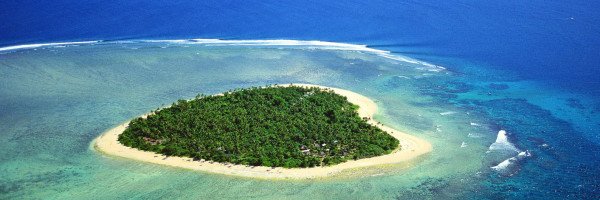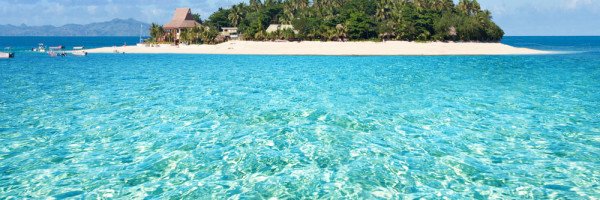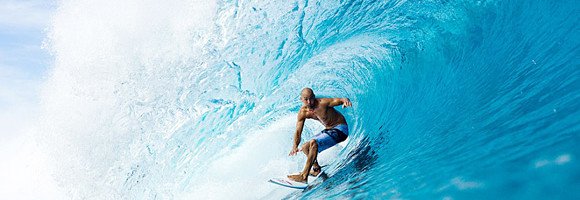Understanding Fiji’s Marine Seasons
Fiji’s marine environment is profoundly influenced by its tropical climate, which is characterized by two main seasons: the wet season and the dry season. The dry season, which runs from May to October, is generally considered the best time for whale and dolphin watching in Fiji. During this period, the weather is more stable, with clearer skies and calmer seas, making it easier to spot marine life. From July to October, humpback whales migrate from their feeding grounds in the colder waters of the Southern Hemisphere to the warmer waters of Fiji for breeding and calving. This is the peak season for whale watching in Fiji, and many tours operate during this time, providing opportunities to witness these magnificent creatures up close. Dolphins, on the other hand, can be seen year-round, but their visibility increases during the dry season when the ocean conditions are optimal. New Zealanders looking to experience the vibrant marine life of Fiji should plan their trips accordingly to align with these optimal periods. For more information about the best times to visit, check out Fiji Islands.Peak Whale Watching Months
The peak months for whale watching in Fiji are from July to October. During this time, humpback whales travel thousands of miles from their feeding grounds in Antarctic waters to give birth in the warm, sheltered waters of Fiji. These whales can often be spotted breaching, tail slapping, and even singing, making for an exhilarating experience for any marine enthusiast. New Zealanders can take advantage of this peak season by booking guided whale-watching tours that operate from popular locations like Viti Levu and the Mamanuca Islands. These tours typically include knowledgeable guides who share insights about the whales’ behaviors and migration patterns, enhancing the overall experience. It’s recommended to book your tours in advance, as spaces can fill up quickly during peak season. For more details on available tours, visit Fiji Islands.Dolphin Watching: Year-Round Opportunities
While humpback whales have a specific migration period, dolphins can be spotted in Fiji throughout the year. The most common species in the region include spinner dolphins and bottlenose dolphins, both known for their playful behaviors and acrobatics. Spinner dolphins, in particular, are famous for their spinning jumps, which can be a spectacular sight. The best times to see dolphins are during the early morning or late afternoon when they are most active. Many tour operators offer dolphin-watching excursions that include snorkeling opportunities, allowing visitors to enjoy the vibrant underwater life alongside these intelligent creatures. New Zealanders who prioritize marine conservation should look for eco-friendly tour operators who practice responsible wildlife viewing. For a comprehensive guide on dolphin watching in Fiji, check out Fiji Islands.Best Locations for Whale and Dolphin Watching
When it comes to whale and dolphin watching in Fiji, certain locations are renowned for providing the best experiences. The waters surrounding the Mamanuca and Yasawa Islands are particularly popular, thanks to their clear conditions and rich marine biodiversity. Another excellent spot is the waters off the coast of Viti Levu, especially near the Coral Coast, where many operators offer dedicated whale and dolphin-watching tours. The remote nature of these islands also means fewer boats and disturbances, creating a more serene environment for both the animals and the watchers. New Zealanders can enhance their experience by combining whale watching with other activities, such as snorkeling and diving, to fully immerse themselves in Fiji’s stunning marine ecosystem. For a list of the top locations for marine adventures, visit Fiji Islands.What to Bring on Your Whale and Dolphin Watching Tour
Preparing for a whale and dolphin-watching tour in Fiji entails more than just booking a spot on a boat. It’s essential to pack appropriately to ensure a comfortable and enjoyable experience. New Zealanders, familiar with outdoor adventures, will appreciate the importance of being prepared. Here’s a checklist of items to consider bringing: sunscreen to protect against Fiji’s strong sun, a wide-brimmed hat, sunglasses, and light, breathable clothing. A camera or binoculars can also enhance your viewing experience, allowing you to capture the beauty of the whales and dolphins. Additionally, it’s wise to bring a reusable water bottle to stay hydrated throughout the tour. Some operators may even provide snacks or meals, but checking in advance is always a good idea. For more travel tips, check out Fiji Islands.Responsible Whale and Dolphin Watching
As whale and dolphin watching becomes increasingly popular, it is crucial for tourists, especially New Zealanders, to engage in responsible practices. This ensures the protection of these magnificent creatures and their habitats. Tour operators should adhere to guidelines set by marine conservation organizations, including maintaining a safe distance from the animals and minimizing noise pollution. Visitors should also educate themselves about the behaviors of whales and dolphins to avoid disturbing them. For example, it’s essential to avoid sudden movements and loud noises while on the boat. Additionally, consider supporting eco-friendly tour companies that prioritize sustainable practices. By choosing responsible whale and dolphin watching experiences, tourists can help preserve Fiji’s marine biodiversity for future generations while enjoying one of nature’s most breathtaking spectacles. For more information on sustainable tourism in Fiji, visit Fiji Islands.Combining Whale and Dolphin Watching with Other Activities
Fiji is not just a haven for whale and dolphin watching; it offers a plethora of activities that can enhance your travel experience. For New Zealanders planning a trip, consider combining marine watching with other adventures such as snorkeling, diving, and visiting local islands. Many tours offer packages that include multiple activities, allowing visitors to explore the vibrant coral reefs that house a variety of marine life. Additionally, cultural experiences such as traditional Fijian feasts or village visits can provide a deeper understanding of the local way of life. Take the opportunity to engage with the local community and learn about their conservation efforts. For a comprehensive guide to activities in Fiji, check out Fiji Islands. This way, New Zealanders can create a well-rounded travel experience that celebrates both the natural beauty and rich culture of Fiji.FAQs
What is the best season for whale watching in Fiji?
The best season for whale watching in Fiji is from July to October, when humpback whales migrate to the warmer waters of the South Pacific to breed and give birth.
Can I see dolphins while whale watching in Fiji?
Yes, it is possible to see dolphins while whale watching in Fiji, especially in the waters around the Mamanuca and Yasawa Islands, where both species often swim together.
Are there specific locations in Fiji that are best for whale and dolphin watching?
Some of the best locations for whale and dolphin watching in Fiji include the waters around Viti Levu, the Mamanuca Islands, and the Yasawa Islands, where tours are frequently conducted.
What type of tours are available for whale watching in Fiji?
There are various tours available, including boat excursions, kayaking adventures, and even private charters that focus on whale and dolphin watching, providing different experiences based on your preference.
How can New Zealanders book a whale watching tour in Fiji?
New Zealanders can book whale watching tours in Fiji through travel agencies, online platforms, or directly with local operators. It’s advisable to book in advance, especially during peak season.
What should I bring on a whale watching tour in Fiji?
It’s recommended to bring sunscreen, a hat, water, snacks, a camera, and binoculars to enhance your whale watching experience in Fiji.
Are there any conservation considerations to keep in mind while whale watching in Fiji?
Yes, it is important to choose ethical tour operators that follow guidelines to minimize disturbance to the whales and dolphins, ensuring their safety and protection during your viewing experience.
References
- Fiji Islands Official Tourism Site – A comprehensive resource for travelers, offering information on the best times and places for whale and dolphin watching in Fiji.
- Fiji.com – Whale Watching in Fiji – An informative article detailing the species of whales and dolphins you can expect to see and the optimal seasons for viewing.
- Lonely Planet – Whale Watching in Fiji – A travel guide that includes tips on the best times for whale watching and recommended tours for visitors.
- Adventure.com – Tips for Whale Watching in Fiji – A practical guide for travelers, outlining the best seasons and locations for whale and dolphin watching.
- Fiji Times – Whale Watching Seasons in Fiji – A local news outlet providing insights into the seasonal patterns of whale migrations and the best viewing opportunities.







